Gaming in the inhuman world: Prelude to Human City
Before going further into the why and how of my Quake mapping experience, maybe it’s worth trying to explain to you what it’s like, for me, to experience virtual space in games. Because I am invested in seeing things a certain way, I am aware of the danger that I won’t be honest about this, but hopefully I can approach some description of my reality or truth without willfully or accidentally lying too much.
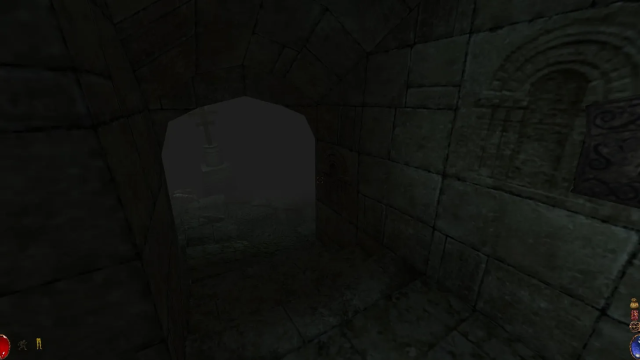
Some of my most formative years playing games were when I was around middle-school age. That was when hugely influential PC games like World of Warcraft and Half-Life 2 were releasing, and when I first became a PC gamer. There are others I could chose as examples, but, without a doubt, it was the scale of the fictional continents of Kalimdor and Eastern Kingdoms in WoW as well as the unceasing variety of fan-made maps for games or mods built out of HL2’s source engine which first invoked within me actual wonder.
Virtual space was where the call to respond to mystery found me.
I know some things in particular about virtual space which provoke this in me. Things like fog, which is often a visual element added to assist developers maintain optimal performance for their players who are running on limited hardware. It’s an aesthetic solution to a technical problem. The 2004 version of World of Warcraft created a wondrous sense of distance with fog and mist. You can’t see through it, it occludes vision to just a certain locality, it defines your HERE, but compellingly it also suggests a sense of THERE that you could journey toward.
Virtual fog affects a real phenomenological impression of space, and confirms, to my mind, phenomenologist Gaston Bachelard’s assertion that “inhabited space transcends geometric space.”
And what is that over there that is cloaked in it, the fog? In WoW it was sometimes a city, sometimes the entrance to a dungeon or a group of other players.
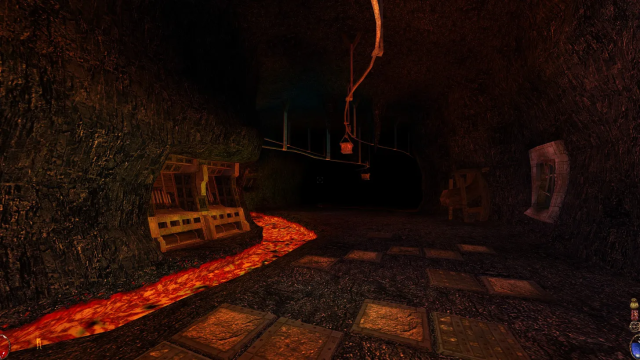
(Above and Below) 2002’s Arx Fatalis by Arkane Games
In other spaces, the fog was obscuring something monstrous.
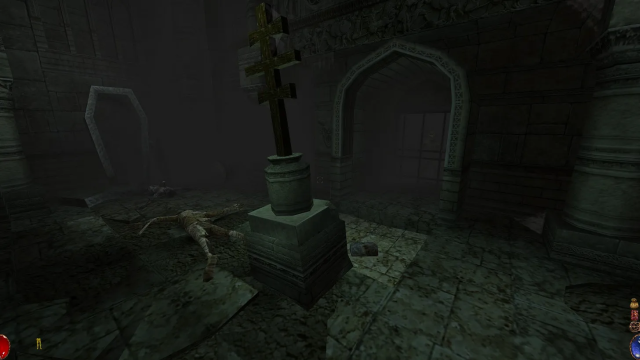
Certain virtual spaces are draped in a lush, emotive atmosphere of fantasy that inspire in me feelings of wonder, and through that wonder other feelings of trepidation, of curiosity, an emotional sense of scale and place.
Actually… I want to argue that all virtual spaces are draped in some kind of atmosphere.
The earliest videogames in history, like 1977’s Colossal Cave Adventure or 1982’s Pitfall, drew on the evocative motifs of fantasy and imperialist adventure fiction, so videogames are quite accomplished at telling stories like these by this point. But the materiality of videogames offer atmospheric compositions that no body of literature previous has made legible to audiences as a genre or trope. These offer the potential for the establishment of new stories because in virtual space we can safely experience things that are not otherwise possible to experience, or things that we would otherwise not really want to experience.
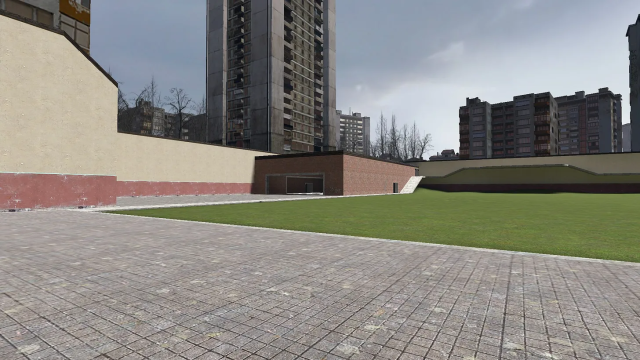
gm_construct, the default map for Garry’s Mod, a mod of Half-Life 2
Virtual space is strange. A map can be constructed to look like anything, a real place, or a place that only looks real. I think a genre exists or might emerge in that between space, out of an atmosphere composed of the real and the basically real, which conveys strong emotions of alienation, difference, the uncanny.
Such an atmosphere is kind of the fascination being documented by a contemporary social media phenomenon of people sharing images of dream-like spaces at once strange and familiar which exude a subtle melancholy, described in short by posters through the architectural phrase “liminal space”, which are physical spaces between one destination and the next.
This dream-like ambiguity which these users are searching for in real life is, I think, present in abundance in the virtual materiality of videogames, where all things are digitally static and time does not pass, and where human life—if it is to be represented at all—appears only in abstracted forms like the nearly believable smile from a ‘hologram’ of a dead celebrity.

Somewhere inside Super Mario 64, allegedly…
But it’s interesting to me how this uncanniness is only sometimes the stuff of horror. If liminal spaces are dream-like, then the half-real nature of virtual space I am trying to describe appears similar to the way that dreams, when closely considered, are always unsettling and fascinating. Perhaps it’s just one of those extremely modern things; for a generation of people who have known only absurdities, it makes a certain amount of sense to formulate strategies to notice and to live beside, or even with absurdities.
If this is a genuine attitude people are taking up, a mode of being within the world, then stories about experiencing this world in this way might constitute a genre. While I think games from any period of time could be apprehended as absurdities, there are recent examples which seem to be intentionally building their atmosphere like this. These are games which tell stories about explicitly not understanding, which could mean either the failure to understand or coming into an awareness of one’s limitations to understand. In these games, as in the world, one is faced by the other and is presented with an opportunity to glimpse but not fully comprehend the magnitude of their difference.
These games are about asking, what are these things…
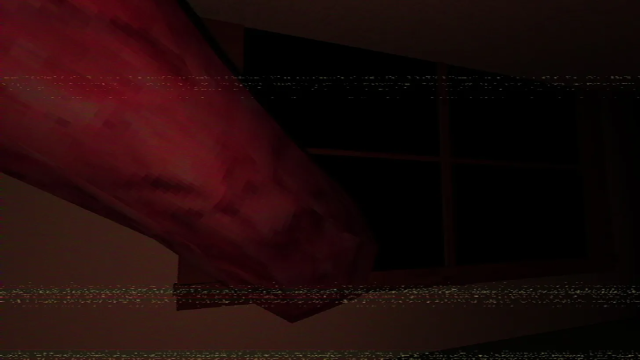
…that I find so intimidating but also so alluring….
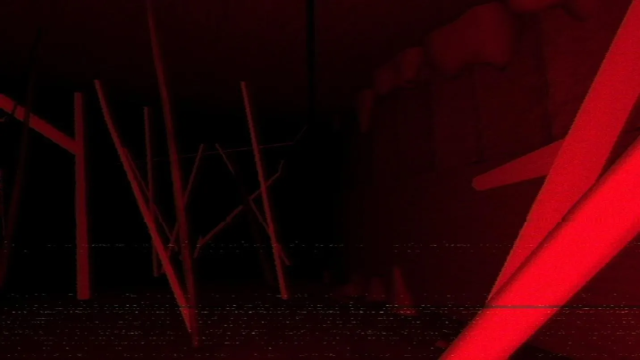
Here and above, screenshots from Kitty Horrorshow’s ANATOMY
…what are they that touch to swell this emerging feeling within us, which might be a kind of reverence?
Though these are just simulations, creations, in most cases, by someone human (which is a complication I will explore in my next blog post on Quake mapping), games like Kitty Horroshow’s ANATOMY at least offer thought experiments to practice being sensitive to this kind of reverent feeling for our absurd world of absurd things.
In an essay I wrote about the phenomenology of virtual space and ANATOMY, I proposed a ‘digital materialist’ style of play that would, in the vein of Gaston Bachelard’s analysis of the phenomenological qualities of spaces in literature, reveal to a player’s attention small atmospheric details and offer them as a means of forming a metaphorical impression of what it is like to actually be a thing. From Bachelard, I took to calling these details the “poetic images” of a particular place, and in Hororshow’s game I analyzed certain images to argue that the game was primarily about not being able to completely understand an other thing—in this case a two-story house possessing features of a warped human anatomy:
“The values of its inhabiting [or, its being] are apprehended in the house’s poetry: A dining table set with plates that shatter at the touch, inhospitable to the rituals of human communion; previously furnished, an empty room contains only tapes and digestive sounds, suggesting this room is an organ only for the digestion of cassettes; meanwhile a bed in the ceiling explains this space isn’t home to human dreaming.”
My desire was for a digital materialist method of playing to encourage players to imagine across the distance between their conscious experience and the possibility of another while still respecting how that distance can never fully be closed. In the case of this particular game, the knowledge which this kind of style leads to, I argued in the essay, was that playing the game was to enact a kind of arrogant intrusion into a space where no invitation was extended; that knowledge would then highlight the warning signs which said to willfully disrespect the agency of this living house was also to invite your frightening and violent ejection from it.
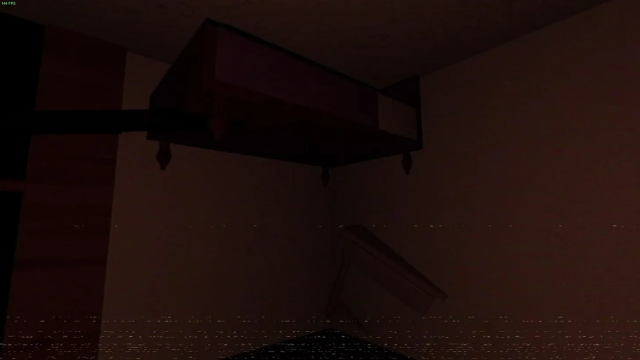
“…poetic images within virtual space will seem especially striking when they possess qualities that are noticeably anti-human.”
At this point in this post, we have already been in the realm of new materialism for a while, but just to speak about it directly for a moment, I want to point out how self-preservation is rarely underlined by philosophers of OOO or speculative realism. For the most part theorists articulate the value of new materialism with beaming smiles and daisy-chain crowns, speaking about ‘all-connectedness’ and ‘respect’ in a pathologic imitation of indigenous stereotypes. Though I don’t disagree with the thrust of this optimism, I also don’t really know why the message always stops at this.
Isn’t there value in acknowledging the other side of the realization that all things are connected, that ontologically speaking we live within a flat plane of being without hierarchy?
The acknowledgment of the agency, meaning the capability of producing an affect, possessed by things like lead in drinking water, teeming cultures of desperate insects seeking proper climate to reproduce, houses that can grow teeth, and viruses. And the utter indifference toward immaterial concepts like ‘humanity’ articulated through the activity of the inhuman world in which we live and which we comprise an essential part of. If the gap between consciousnesses could be folded and we could interview the generations of bacteria which will consume your body when you are dead, glowing with nutritious health, what do you think they could really say to you about humanity or human beings?
I am not persuaded by detractors who, rightfully, feel trepidation during this ontological turn that the shift away from humanism endangers people and aspects of society that are already endangered by unjust abuses of power and unethical action. But contrary to those detractors, I still suspect (somewhat uncritically) that there exists the possibility of developing an ethics or understanding of power from the ontological flat plane—it just necessarily has to begin from the position of anti-humanism.
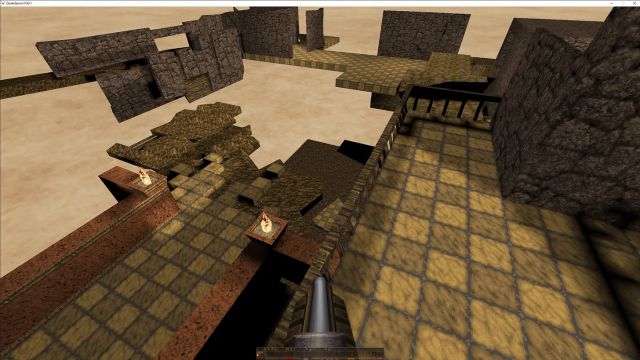
My map in progress called “human city”
Horror is the beginning place for this philosophical project. Which is painful to say, because it means that progressing in it is going to be hard, and because the bravery to become inhuman might not be within us. In such a case, I wonder what will happen to humans in a world so obviously inhuman?
But I do have some hope.
In this blog post I have indirectly tried to trace what playing in virtual space means to me. Besides the delight of conventional playful adventure understood as the appeal of videogames by so many, I also glimpse in virtual space something really tangible to grasp in order to progress the work of integrating the human into their inhuman world. The contemporary fascination with the dream-like quality of liminal spaces and my own experiences playing games suggests, frankly speaking, what I think is in all likelihood an uncritical belief that things, like spaces, have agency; that since these things are threatening, they have the potential to surprise us further by revealing themselves to be even more; that there exists some kind of spectral life that we partake in but which we scarcely understand.
Perhaps videogames can help develop even further an absurdist view of the world to cultivate our terror-born reverence for things which will change us completely with total indifference for our individuality or status as human.